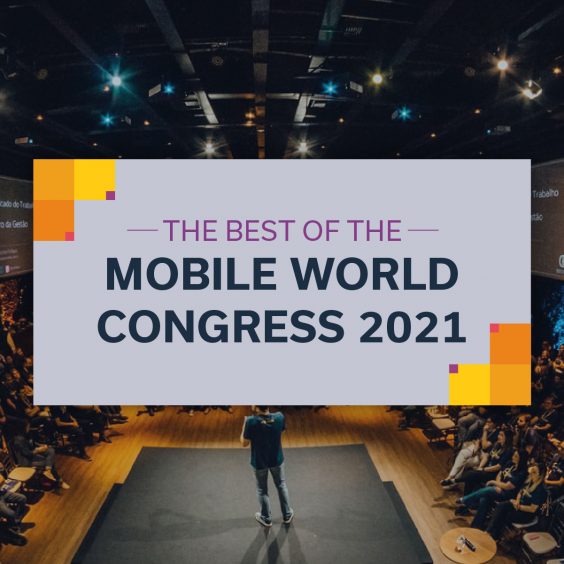Despite sounding broad, the term media and entertainment has long been associated with only a few of the media industries. Live content production and broadcasting have been the areas thought about when it comes to M&E. It’s what industry associations use to refer to their members, how trade shows categorise exhibitors and attendees and what lots of tech vendors use to define target audiences.
But M&E is a collection of industries, not just one sector like live broadcast. And that should be embraced more than ever. In the last few years especially, the lines of the entertainment industries are blurring. Now there are far less distinctions between the technology and the innovation that goes into live broadcasts, film and TV production, VFX and post-production, corporate and immersive AV, and even theme parks and location-based entertainment.
This year’s ISE show demonstrated this more than ever. We met with a number of partners and clients who might have traditionally only attended shows under the old definition of ‘media and entertainment’ but are instead attending, exhibiting or casing out what’s traditionally been an AV-driven trade show. And even the distinctions in the show’s halls demonstrated this, with more space dedicated to ‘multi-technology’ than anything else.
And it’s easy to see why. On the show floor were many demonstrations for virtual production and virtual studios which wouldn’t be out of place on the latest blockbuster sets, or in current affairs or sports broadcast studios. As LEDs continue to show how they can replace green screens, you’d be hard-pressed to find a better showcase of the latest displays from manufacturers all over the world.
The audio demonstrations throughout ISE would fit as well inside a dark ride at a theme park as it would in traditional music venues or sports stadiums. And of course, there was plenty of mixed reality hardware and experiences or content which have their own endless list of uses both for consumers and for professionals in the media and creative industries.
And all of this isn’t to say that we need to remove live production from under the definition of media and entertainment. Quite the contrary. It’s one of several key sectors which should continue to merge with its neighbours in content production, immersive entertainment, and AV.
As a marketing and comms agency with a history in the creative industries, it’s important that we’re always calling on audiences, customers, partners and journalists to look outside of the walls of what we’d usually class as media and entertainment. For continued growth and development, it’s key to see the exciting opportunities for growth into, and adoption of different approaches to technology solutions.
It’s because of this, the lorries’ current client base within the creative industries is as broad as it’s ever been. We’re able to really show not just the experience we have glass-to-glass; from lenses and cameras right through the production chain to television distribution, but a much wider snapshot of the media industries. Instead of operating in a silo of exhibitors from just a single trade show each year, we’re working with virtual production lighting solutions and VFX software to VR experience operators and theme park animation studios.
So, while the face of entertainment continues to change, it’s important that what we help clients do hasn’t. Their target audiences might all differ, but our industry expertise doesn’t mean we’re trying to apply a one-size fits all approach to our client roster to get results. Instead, our expertise allows us to provide insight into the ever-changing face of the entertainment industry and work together with our clients to find the right way to tell their stories.




